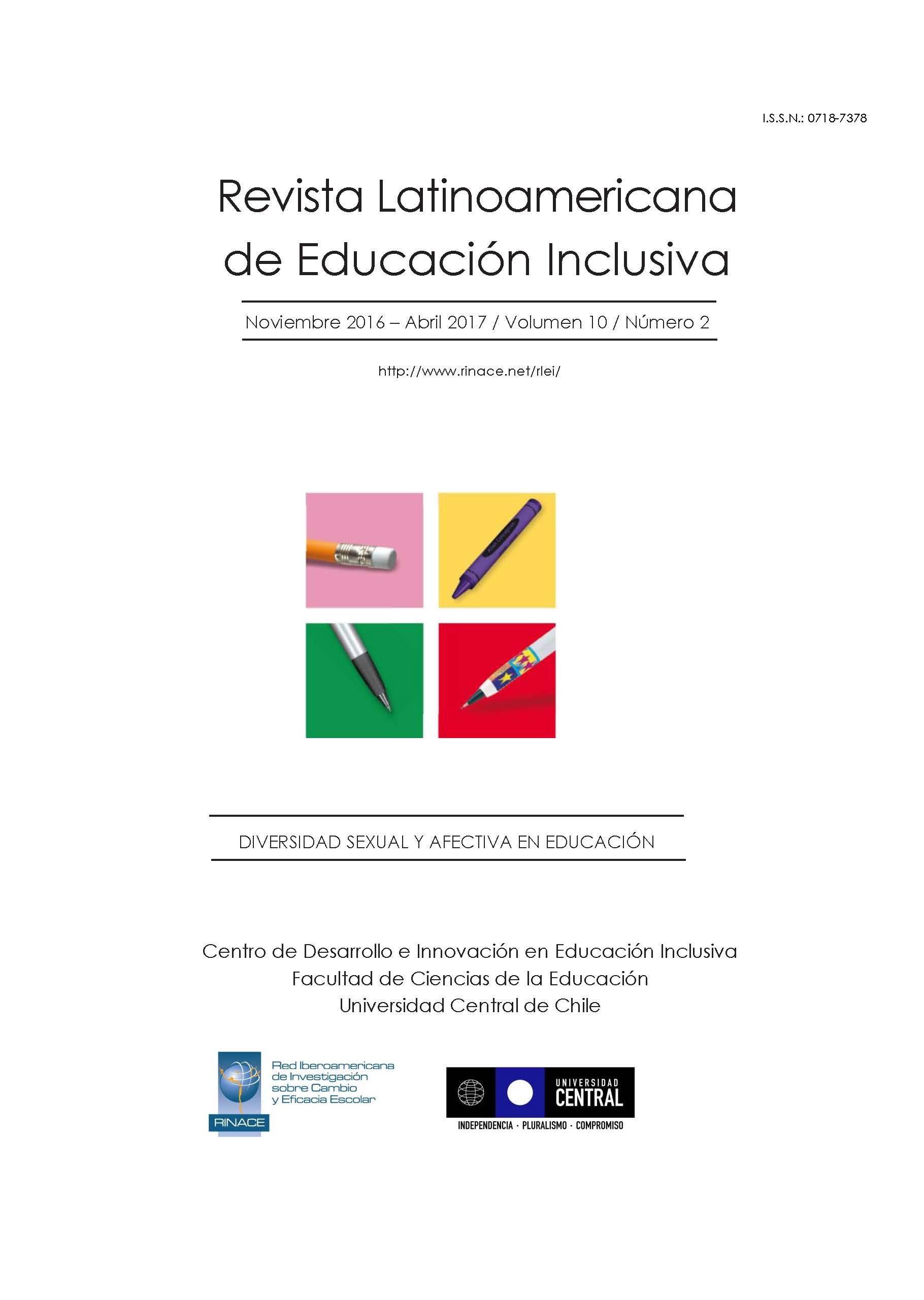Segregación Escolar e Inclusión
DOI:
https://doi.org/10.4067/S0718-73782016000200001Palabras clave:
Segregación escolar, Educación inclusivaResumen
El 17 de mayo de 1954 la Corte Suprema de los Estados Unidos dictó una sentencia histórica por la que se declararon ilegales las leyes estatales que establecían la separación de los estudiantes en las escuelas públicas en función de su raza, es el famoso caso Brown contra Consejo de Educación de Topeka. Dicho fallo señaló oportunamente que “instalaciones educativas separadas son inherentemente desiguales”. Aunque la Corte suprema hacía referencia a la existencia de escuelas diferenciadas para “blancos” y para “negros”, la idea que lo inspiró es igualmente válida hoy, más de 70 años después, y podemos generalizarla a cualquier forma de escolarización que implique la separación de los estudiantes en razón de determinadas características o condiciones.
Este fenómeno, la distribución desigual de los estudiantes en las escuelas en función de sus características personales o procedencia social y cultural, tomó el nombre de segregación escolar. Así, se refiere a la concentración de estudiantes de uno u otro grupo étnico-cultural en algunas escuelas, al agrupamiento de estudiantes inmigrantes extranjeros en determinados centros, a la distribución no uniforme de niños, niñas y adolescentes en escuelas atendiendo al nivel socioeconómico de sus familias, o a la concentración desigual de los estudiantes en función de su capacidad o rendimiento académico o a la escolarización según discapacidad en escuelas especiales. De esta forma podemos hablar de segregación escolar étnico-racial, de segregación escolar por nivel socioeconómico, de segregación escolar por origen de los estudiantes y de segregación por capacidades. Todas ellas son inherentemente desiguales e injustas.
Publicado
Cómo citar
Número
Sección
Licencia
Derechos de autor 2016 Revista Latinoamericana de Educación Inclusiva

Esta obra está bajo una licencia internacional Creative Commons Atribución 4.0.
Creative Commons Reconocimiento (by)
Esta licencia permite la explotación de la obra, así como la creación de obras derivadas, la distribución de las cuales también está permitida con la condición de que se haga referencia expresa al autor/a, es decir, que aparezca su nombre en cualquier uso o acto de explotación que se haga de la obra.













